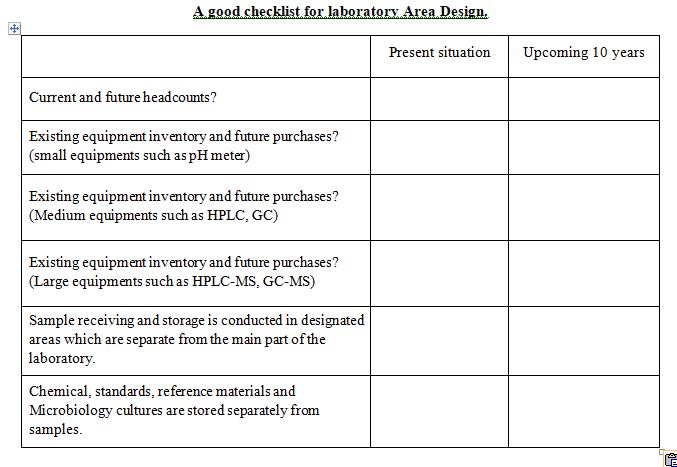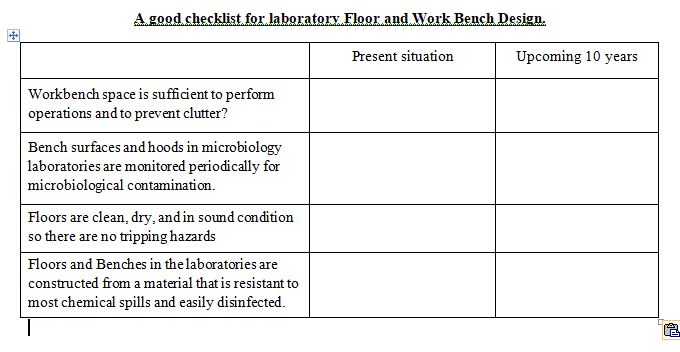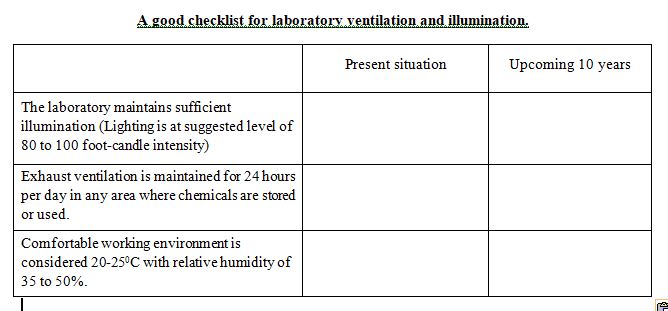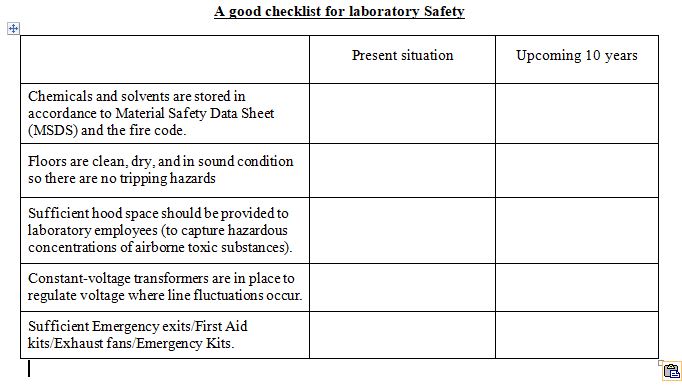Asset management in a contemporary lab goes beyond planning regular upkeep or setting aside money for new purchases. It’s about utilizing the knowledge you can gain from your lab equipment, such as the best ways to use certain instruments, how to streamline workflows, and how to guarantee you get the most out of your investments. A lab manager’s decision-making is enhanced by this broad expertise, which eventually increases corporate success.In this article we discuss about Laboratory Area Design, floor and work bench designs, ventilation, illumination and safety.
There are a few important factors to think about when examining the options:
- “People, technology, and process—the three major pillars of methodology—are considered by all effective lab management. In order to enable this transformation and increase productivity and efficiency going forward, new ways of working require special purchasing considerations. These should include elements like remote capabilities, software, flexibility, automation, and sustainability. Remote capabilities tools that enabled laboratories’ shift to remote work will still be useful even though it was initiated during pandemic necessity.
- Huge volumes of data are produced in modern labs, particularly for genetic screening and drug development applications. The correct data management software helps laboratories move away from paper-based data collection, analysis, storage, and sharing while enhancing productivity and data quality.
- The use of instruments, workflow automation, sample monitoring and administration, and supporting compliance initiatives are all made possible by laboratory information management systems (LIMS).
- Some cloud-based software also allows for the design, remote execution, and sharing of protocols in addition to data management. These solutions played a crucial role in assisting laboratories with limited on-site access.
- To improve inventory management, software can potentially take the place of paper documents. These platforms make it simple for laboratories to keep track of consumables, look up expiration dates, and locate items inside the lab.
- There is a growing need for energy-efficient instruments and equipment to reduce operating costs as well as the laboratory’s environmental impact.
- In many laboratories, a few systems consume the largest proportion of the total energy requirements. HVAC (heating, ventilation, and air conditioning), freezers, and fume hoods have some of the highest rates of consumption, and replacing or upgrading to more efficient systems can have a dramatic environmental impact and produce significant financial savings.
- Changing lab lighting is an effective approach to minimize operational costs while also helping the environment. Exchanging obsolete fluorescent lighting fixtures for more efficient light-emitting diode technology can pay for itself quickly and reduce the hazardous waste generated by disposing of old fluorescent bulbs.
- Another method to avoid Laboratory expansion planning errors is to incorporate flexibility into your Lab area plan. Modern modular casework designs are sleek and mobile and adjustable in height. Modular casework is a highly effective hedge against unexpected lab space demands. These cabinets may be modified in a variety of ways, saving you money on costly re designing work.



